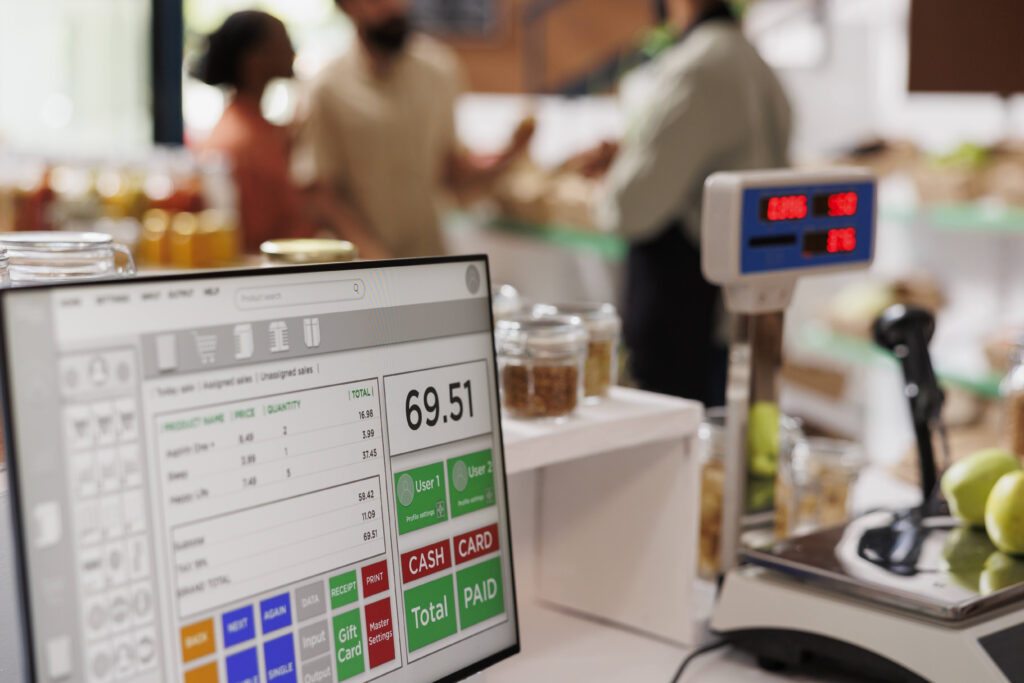The Definitive Guide for 3PLs Adopting Warehouse Management Software
3PL warehouses are experiencing rapid growth in a competitive landscape. To meet current and future challenges, adopting a new warehouse management system (WMS) is essential.
Integrating new technology into any business can be challenging, as exemplified in the classic movie City Slickers, where the characters debate the difficulty of setting the time on a VCR. Many feel left behind as technology evolves rapidly.
In the world of third-party logistics (3PL) warehouses, at least 70% of companies still rely on outdated systems like Excel or even paper-based filing. A 2019 study by Kenco and Logistics Management revealed that 46% of supply chain leaders are willing to invest 10-24% more on innovative technologies compared to previous years.
Businesses that continue to rely on manual processes during fulfillment can achieve significant improvements by adopting modern warehousing technologies. However, failure to keep pace with innovation could leave them at a disadvantage compared to more forward-thinking 3PLs.
As a 3PL warehouse, your customers rely on you for efficient, accurate, and timely order fulfillment. Standing out in this competitive environment means providing exceptional services to keep customers satisfied.
What is WMS?
Warehouse Management System (WMS) is software designed to help 3PL warehouses optimize their operations. The system provides visibility into daily activities and manages the complete supply chain fulfillment workflow—from inventory management and order fulfillment to billing and data management.
WMS software enables companies to maximize labor and space by optimizing resource usage and material flows. It empowers 3PLs to support global supply chain needs effectively.
Types of 3PL Software
Historically, 3PL warehouses operated manually, but modern technology has streamlined the logistics process through automation. Common types of 3PL software include:
- Standalone Warehouse Management Systems:
- These systems increase warehouse productivity by tracking inventory from receipt to fulfillment and shipping. They also manage billing and reporting.
- Integrated Supply Chain Management (SCM) Suites:
SCM suites cover the entire supply chain from product development to customer delivery, efficiently tracking data and managing financial assets.
- Enterprise Resource Planning (ERP) Systems:
ERP systems integrate all warehouse processes, enabling seamless data access across departments, improving reporting, and automating operations.
Considerations When Choosing 3PL Software
When selecting software for a 3PL warehouse, consider these essential factors:
- Scalable Functionality:
Choose a WMS that accommodates your business's growth and evolving needs.
- Innovative Technology:
Invest in reliable technology tailored to meet your 3PL requirements.
- Labeling Compliance:
Ensure your software adheres to regulatory requirements for processing and labeling packages.
- Billing Accuracy:
Reliable billing functions ensure accurate and timely invoicing for storage, receiving, and shipping services.
Need more tips on selecting WMS software? Read our guide on the 5 Things Every 3PL Should Ask Their WMS Provider.
Extensiv 3PL Warehouse Manager
A WMS equipped with the features mentioned will meet your 3PL needs. The Extensiv 3PL Warehouse Manager WMS provides practical changes for warehouses. With insights from numerous 3PLs and WMS users, this software is designed to simplify workflows.
For example, if your current system doesn't allow for effective inventory receiving, the Extensiv WMS can scan barcodes quickly, indicating the most efficient storage locations and automatically accounting for inventory.
Invest in Training
Updating your 3PL software is only part of the solution; investing in training for your team is equally important. Proper training ensures that employees can perform their roles effectively, maximizing efficiency and productivity.
Ensure Technology is Supported
According to the Logistics Management report, a significant barrier to digital transformation is the lack of understanding of technology's impact on business. A cloud-based WMS enhances uptime, data accessibility, and scalability, providing complete visibility and security.
Investing in a cloud-based WMS can help streamline warehouse operations without the need for expensive IT maintenance. It allows access to technology that supports consistent and efficient operations.
Benefits of a Cloud-Based WMS
Cloud-based systems are transforming how fulfillment operations respond to market disruptions. A cloud WMS allows warehouses to stay connected with consumers through integrated fulfillment solutions, ensuring real-time visibility and scalability.
Quick WMS Implementation
To stay competitive, 3PLs must adapt quickly. A cloud-based system accelerates supply chain speed, allowing for powerful logistics capabilities to become available in weeks instead of months.
Scalability and Flexibility
Global logistics demand speed. A cloud WMS provides the necessary scalability to expand operations, efficiently managing changes and opportunities as they arise.
Seamless Integration
At Extensiv, we believe in seamless integrations. Our WMS solution supports both pre-built and custom integrations, enabling full automation of warehouse operations.
Tips for Choosing WMS Software
When investing in warehouse management software, consider the following:
- Compatibility: Ensure the WMS integrates seamlessly with existing systems.
- User-Friendliness: Choose intuitive software suitable for all team members.
- Scalability: Ensure the software can accommodate future growth.
- Customer Support: Look for responsive assistance and training resources.
- Cost: Compare pricing and assess the value of features.
If you want to optimize logistics further, understanding the role of third-party logistics is crucial. Check out our 3PL guide for insights on how these services can complement your shipping operations.
Key Takeaways:
- A warehouse management system (WMS) is essential for optimizing 3PL warehouse operations and meeting customer demands.
- Types of 3PL software include standalone WMS, integrated SCM suites, and ERP systems, each serving unique functions.
- When choosing 3PL software, consider scalability, innovative technology, labeling compliance, and billing accuracy.
- Invest in training to ensure staff can maximize the benefits of new WMS technology.
- A cloud-based WMS offers scalability, quick implementation, and seamless integration for efficient logistics operations.
- Explore how Storfox can enhance your warehouse management with our solutions at www.zip24.com/storfox.
Recent Blogs
[Sassy_Social_Share type=”floating” align=”right” top=”250″]



